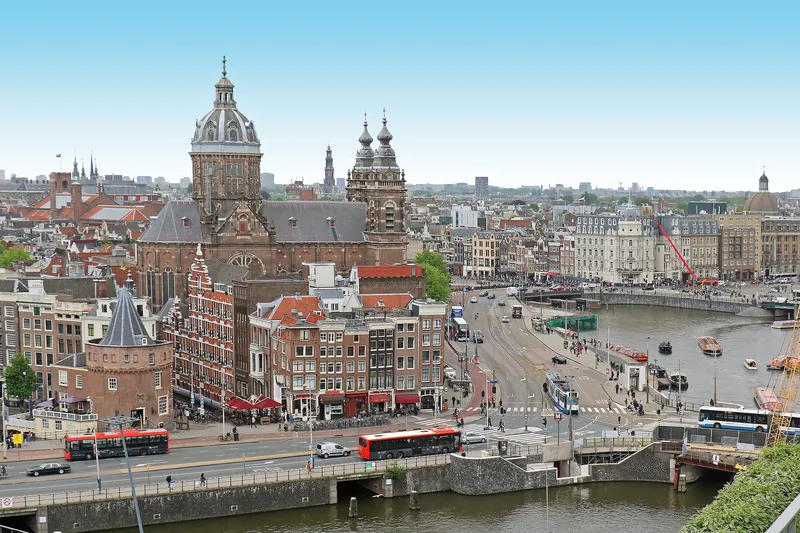With a total area of over 380,000 square meters, the multi-storey West Kowloon rail terminus, the majority of it located underground, will be larger than most airport terminals, and capable of handling around 99,000 passengers per day. The first trains are expected to run from 2015. The Hong Kong section of the express rail link, operating at up to 200 km per hour, will connect Hong Kong with the capital Beijing over 2,000 kilometers away, passing via Shenzhen, Guangzhou and Wuhan.
October 5, 2012
Read time: 2 mins
With a total area of over 380,000 square meters, the multi-storey West Kowloon rail terminus, the majority of it located underground, will be larger than most airport terminals, and capable of handling around 99,000 passengers per day.
The first trains are expected to run from 2015. The Hong Kong section of the express rail link, operating at up to 200 km per hour, will connect Hong Kong with the capital Beijing over 2,000 kilometers away, passing via Shenzhen, Guangzhou and Wuhan.
A safety glass and steel roof structure spans the building and provides daylight to the terminus with its duty-free shops, restaurants and waiting lounges; the design was a winner in the 2010 World Architecture Festival and also won a 2012 MIPIM Award.
Eighty-one escalators and moving walks will transport travellers and visitors throughout the new terminus and to the station's fifteen platforms. An eco-friendly energy saving system reduces the speed whenever there are no passengers. Depending on passenger volumes this can create energy savings of up to 60%.
The first trains are expected to run from 2015. The Hong Kong section of the express rail link, operating at up to 200 km per hour, will connect Hong Kong with the capital Beijing over 2,000 kilometers away, passing via Shenzhen, Guangzhou and Wuhan.
A safety glass and steel roof structure spans the building and provides daylight to the terminus with its duty-free shops, restaurants and waiting lounges; the design was a winner in the 2010 World Architecture Festival and also won a 2012 MIPIM Award.
Eighty-one escalators and moving walks will transport travellers and visitors throughout the new terminus and to the station's fifteen platforms. An eco-friendly energy saving system reduces the speed whenever there are no passengers. Depending on passenger volumes this can create energy savings of up to 60%.








